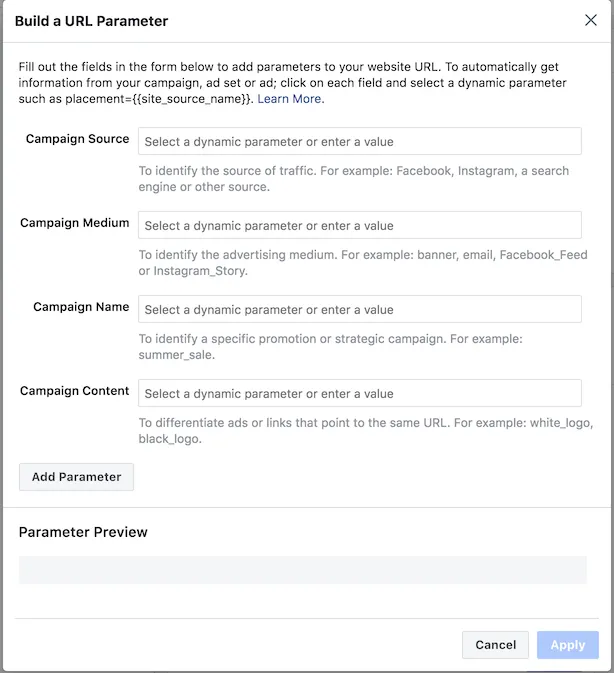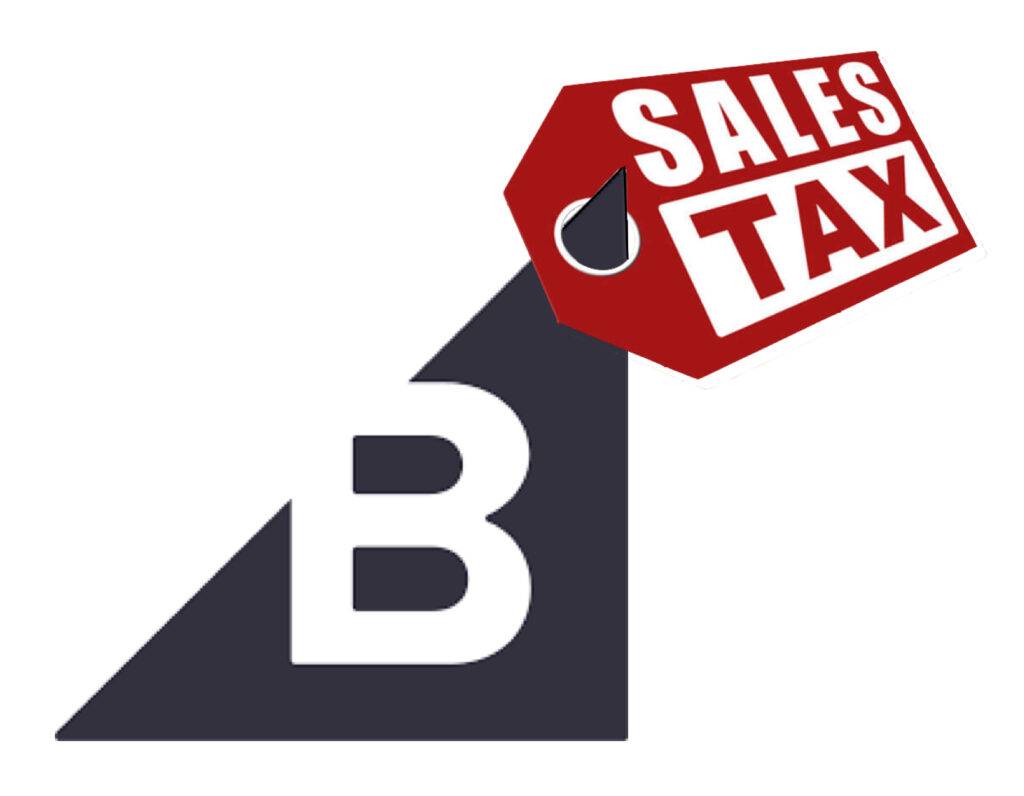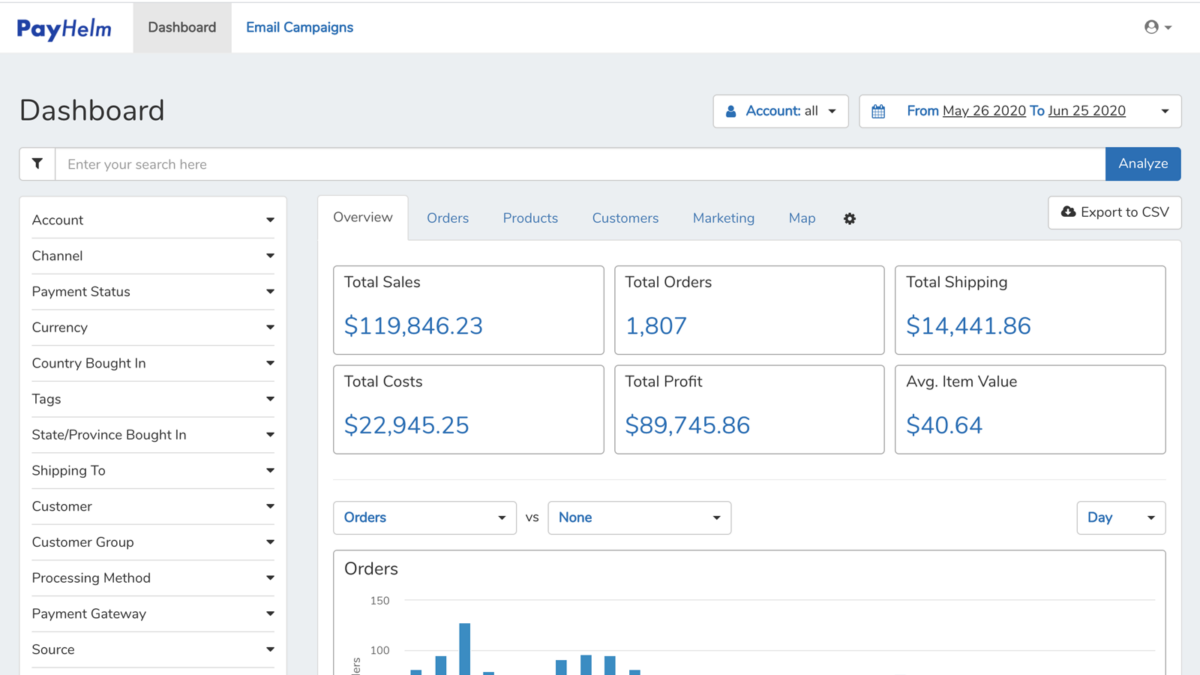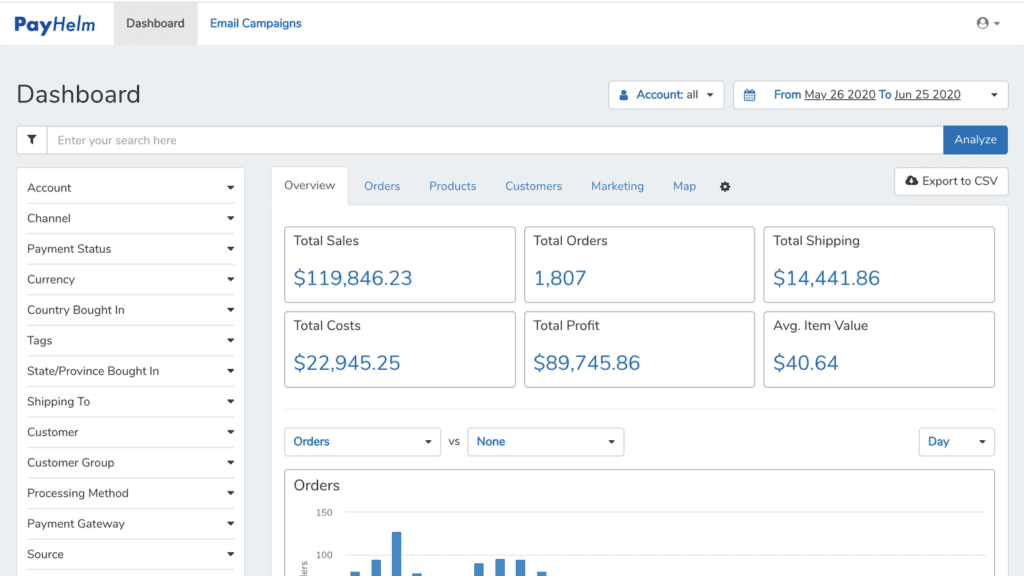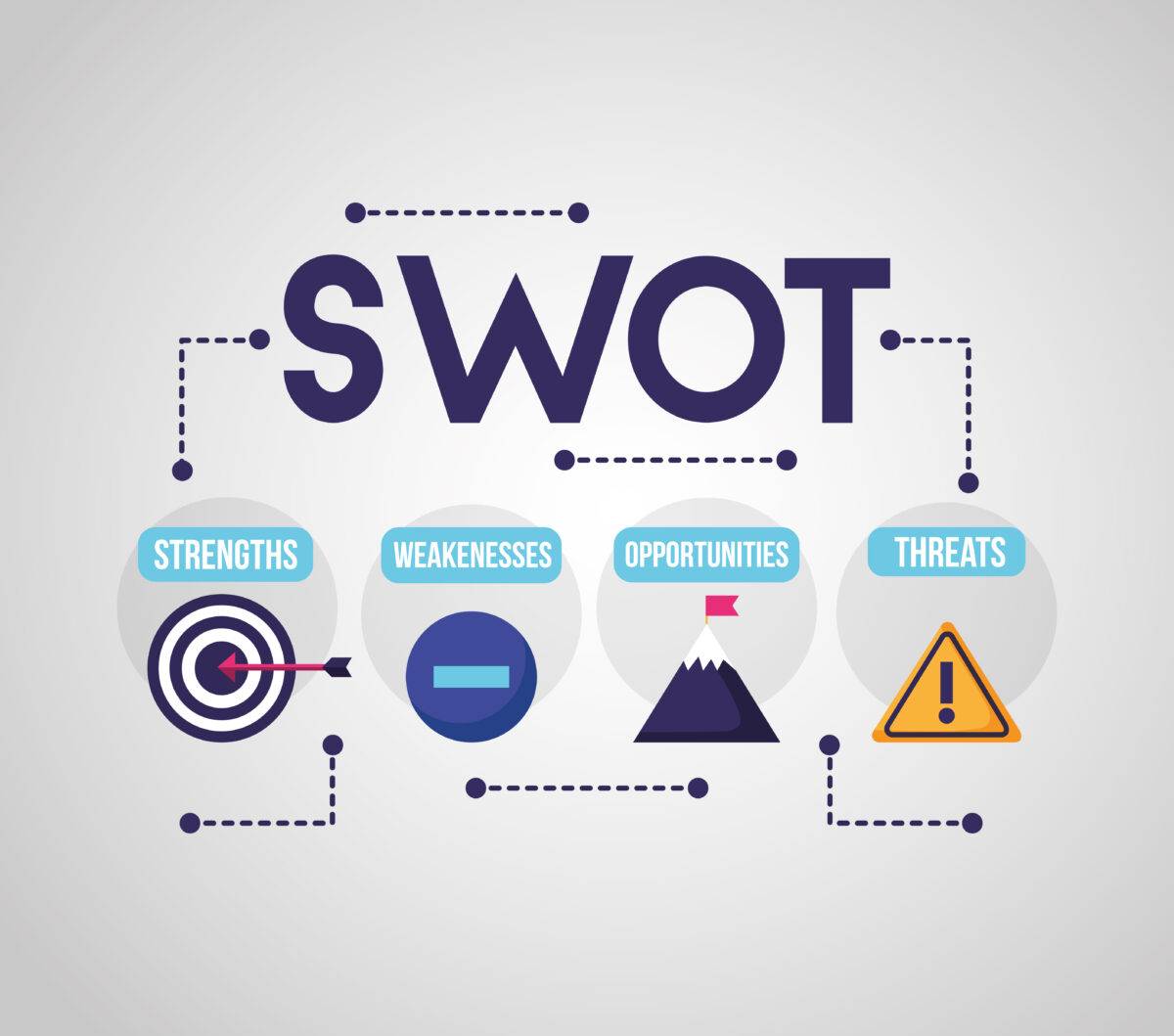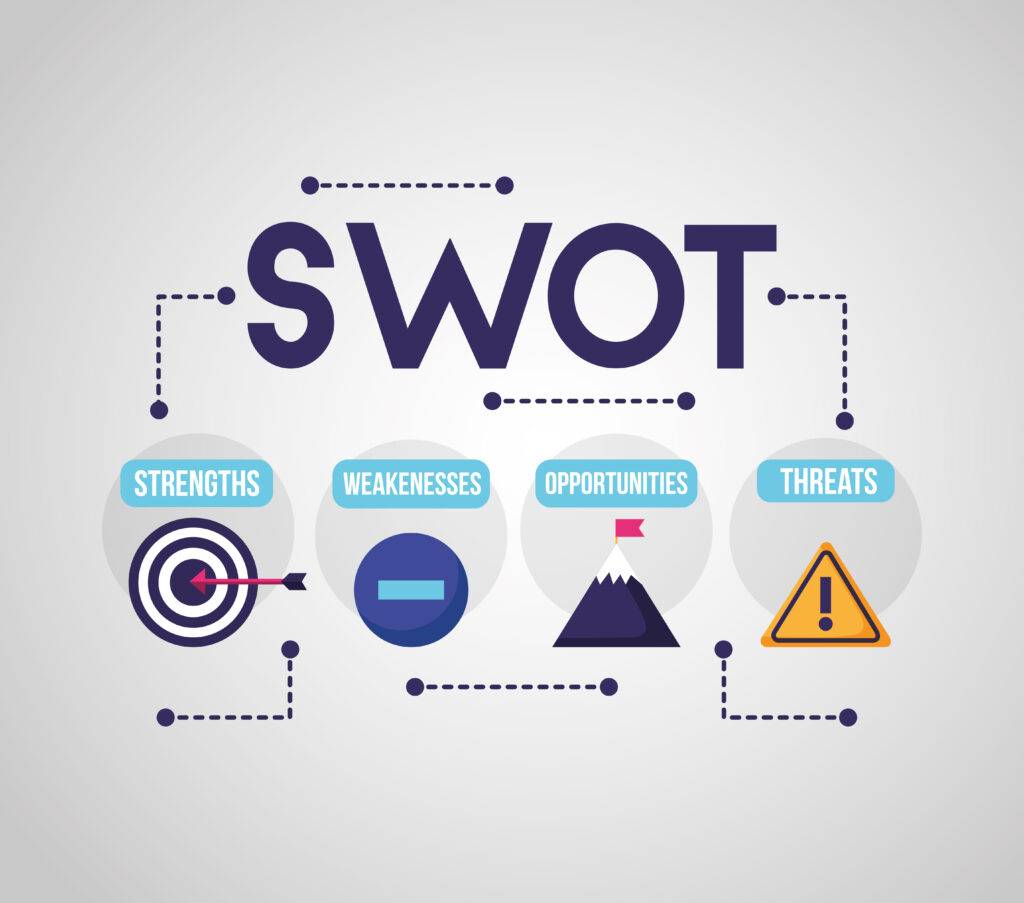Whether you’re an accidental entrepreneur whose hobby selling on eBay became a full-time occupation or a purpose-driven e-tailer who deliberately set out to build an ecommerce empire, you’re in business now.
But are you running your business, or is your business running you…ragged? If it’s the latter, then it’s time to review your procedures with an eye towards streamlining and automating whatever you can.
Because when it comes to your ecommerce business, it literally pays to mind your Ps and Qs. Here’s how the workflows boil down, step by step:
- Product sourcing
- Post items for sale
- Promote your listings and store
- Quick shipping
- Prompt and professional customer service
- Quantify your business’ success via key metrics
Let’s take a
closer look at each of those workflows.
Product Sourcing = Homework + Legwork
Before you can
start selling anything, you’ve got to have something to sell. Time to go
product sourcing! But where to start?
You’ve got plenty
of options. Many online sellers swear by thrift shops and garage or estate sales,
because they love the thrill of the hunt. But scaling a business based entirely
on unique items — “one-offs” —can be brutal; you’ve got to list items as fast
as you sell them just to keep your virtual store stocked. Unlisted inventory is
your tied-up cash just sitting on the shelf, laughing at you.
Another viable
sourcing option is retail arbitrage: buying marked-down, limited edition, and/or
hard-to-find merchandise at brick-and-mortar shops or online, then flipping it
for a profit. The drawback to this business model is that it’s unpredictable.
Ditto for buying liquidation goods; you can never be sure where your next hot product is coming from or what it may be.So start at the very beginning (a very good place to start!) by doing some market research. Maybe you’ve already got a product category (or categories) in mind; maybe you’re wide open to suggestion; or maybe you just want to find your next hot niche. Or maybe all of the above. Whichever it is, make sure you do your homework!
List More, Sell More
Once you’ve
settled on a saleable and sustainable product mix, you’re ready to start
listing. That can be the most challenging part of your business to scale, and
you can’t do it manually — or singlehandedly.
So start
automating whatever you can — the sooner, the better. Eventually, you’ll also
need to add somebody else, or even several somebodies, to your payroll. Because
even with stock photos, listing takes time. And if you’ve got to do your own
product photography to boot, forget going solo. You’re going to need help from
third-party tools and/or human employees.
The best third-party ecommerce tools offer multiple plans to accommodate your growing business. Most offer free trials, too, so don’t hesitate to shop around until you figure out what feels right for your business.
Then choose the tools that can best handle what you need them to do, whether it’s importing/exporting listings across platforms, keeping tabs on your inventory, streamlining customer relations management, or shaping up your shipping. Whatever tool(s)’ you use should include some kind of reports or metrics.
Keep Calm and Leave Feedback
Speaking of customers, you’d better be prepared to deal with them — preferably promptly and professionally. One word: Communication. Answer questions ASAP; manage buyer expectations whenever possible; and focus on each customer’s complete satisfaction as your bottom line.
Start each customer
on the road to happiness — and set
yourself up for reciprocal feedback — by leaving feedback for buyers as soon as
payment is received. The buyer’s job is to purchase and pay; once they’ve done
that, show them some feedback love. (Hint: You can automate it.)
Of course, if
they don’t pay, you’ll need to have a system in place to deal with that as well.
For example, on eBay, you simply open an Unpaid Item case — or let Unpaid Item Assistant
do it for you.
But don’t just
sit back and wait for shoppers to stumble across your listings and store. Get
out there and promote them via social media, Facebook ads, or marketplace tools
such as eBay’s Promotions Manager and Promoted Listings. Consider rewarding repeat
buyers in some way. Set up volume discounts. The more traffic you can drive
your way, the bigger the boost in sales.
Fast Shipping and Happy Returns
Once you do make
a sale and receive payment, that’s your cue to ship quickly. Ideally, your
shipping solution of choice should allow you to purchase and print shipping labels;
generate packing slips and customs labels; upload tracking; and notify buyers
that their item has shipped and when they can expect to receive it.
Your job doesn’t end there, though. After-sale customer care is critical to your ongoing success. If they’re happy, great; if not, you’ve got to negotiate an amicable resolution. You might also have to process a return and/or issue a refund. Just don’t ask for feedback! Take care of your buyers, and your feedback will take care of itself.
Know Your Numbers
You can’t manage
your business unless you can take its measure via certain key metrics. You’ve
got to keep tabs on gross profit versus net profit; cost of goods sold; and overhead
expenses.
Drilling down,
you need to know how well each product is performing along with what’s selling
best on which channel(s). It’s also useful to analyze sales by SKU; by buyer
location; by price point; by order size; and more. Quantifying this information
enables you to see what’s working versus what’s not working and allows you to gauge
your success (or lack thereof).
Each marketplace
provides sellers with a certain amount of data and some type of sales reports,
but to really keep your fingers on the pulse of your ecommerce business, you’re
better off using a third-party analytics tool that you can tailor to suit your
needs.
Remember: You can’t
manage what you don’t measure. If you don’t know your numbers, sooner or later,
your business is going to crash and burn.
So there you have
it, the soup to nuts of ecommerce:
- Source products that will sell and enable you to scale
- Post listings as quickly as possible
- Promote your products and store
- Ship quickly (and cost effectively)
- Communicate with customers every step of the way
- Streamline and/or automate as much of the above as you can
- Monitor your business’ health via key metrics
Now go forth and sell!





